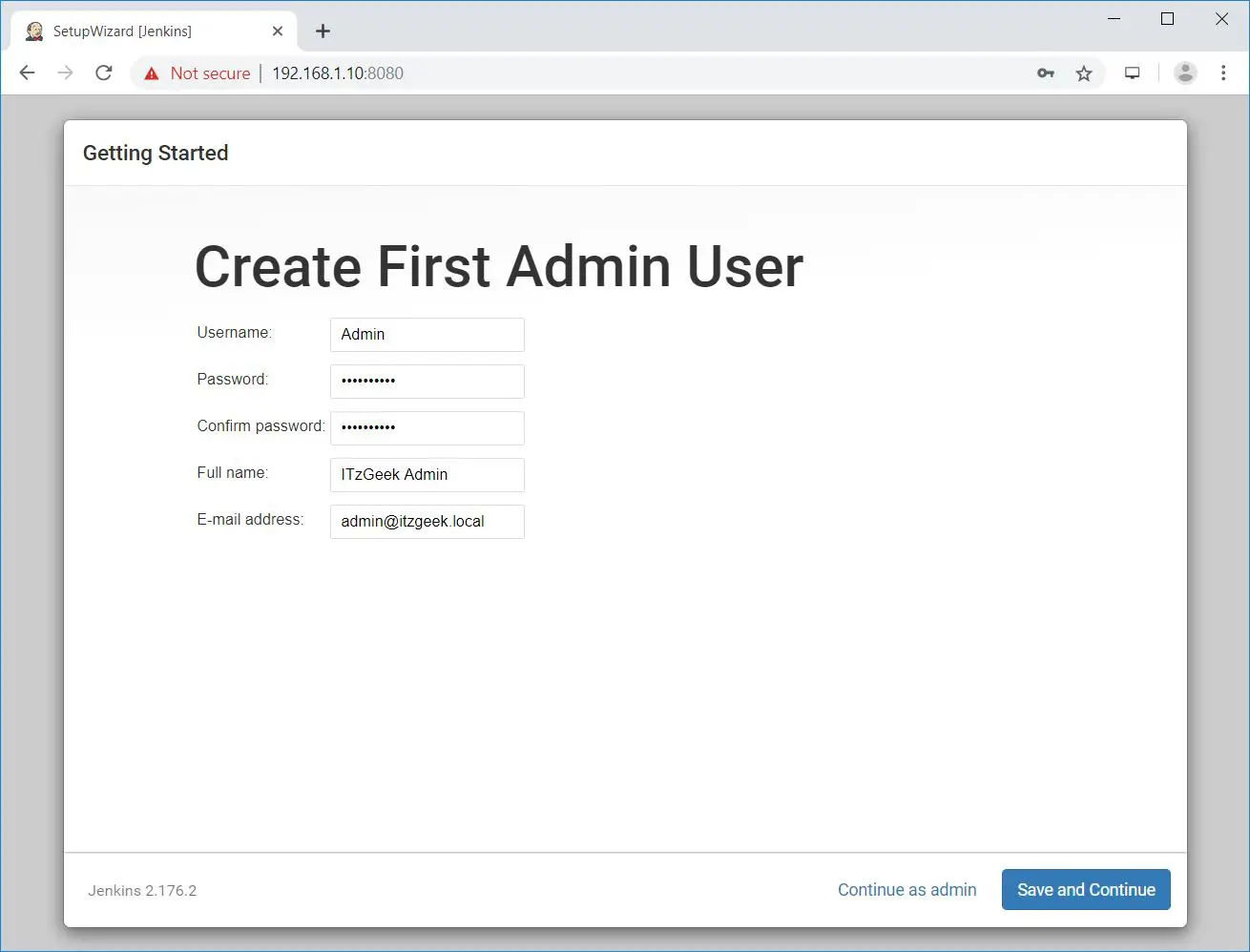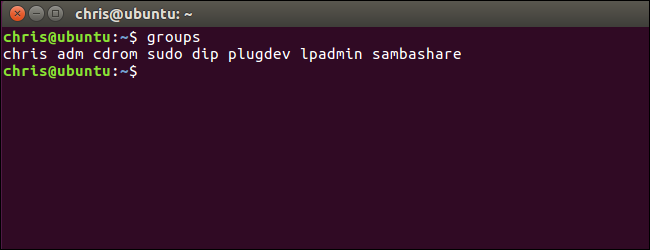useradd is a low-level utility to create new users to the system. When used without the -D option, useradd command will create a new user account using the command line plus the default values ??of the system. Depending on the command line option, useradd command will update system files and also can create new user’s home directory. In this article, I will explain to you how to create a user then add it to the particular group in CentOS 5 and CentOS 6. Prior to that , this article assumes that the server CentOS 5 or CentOS 6 has been fully installed.
1. Add a new user. In this example, the username will be ‘myroot‘.
Although not usually necessary or recommended, the answer to the question of How to add user without useradd command is to use sudo vipw. This will launch your system-defined editor while locking the passwd file. Enter a line for a new user. (In vi, shift-G to get to the last line then yy p to duplicate it.). I have a server with CentOS on it and basic knowledge of Linux systems. The problem occurs when the folder is set to 755, but when set to 777 it's working fine. I know 777 is not secure, so I looked it up and apparntely I need to add the admin user to a group called www-data. For adding new users in system there are two commands available in your system, useradd and adduser. Adduser command is the enhanced version of useradd command. Adduser command uses useradd command in backend. This tutorial will help you to add and delete user on CentOS, RHEL, Fedora and CoreOS operating systems. Add an entry for the user in /etc/passwd file. Add an entry for the group in /etc/group file. Create the home directory for the added user. Set the new user password using the passwd command.
2. Check current groups for ‘root‘ user.
3. Add ‘myroot‘ into root group as below:
useradd -G {group-name} username
Above is example, we are adding a user ‘myroot‘ into group ‘root‘.
4. Switch to ‘myroot‘ user. Then Check current group for ‘myroot‘. root group will be the second group for ‘myroot’.
5. Grep the ‘myroot’ user’s group.
6. Check the file permission for /etc/passwd

Explanation : Only the owner which is ‘root’ user can edit the /etc/passwd file, not in the root’s group.
You may need to create separate account for every user want to connect this system. For adding new users in system there are two commands available in your system, useradd and adduser. adduser command is the enhanced version of useradd command. adduser command uses useradd command in backend. This tutorial will help you to add and delete user on CentOS, RHEL, Fedora and CoreOS operating systems.
1. Add New User

For this tutorial we are using adduser command for examples. Following command will create new user named ‘rahul’ on your system

Add User To Yahoo
Still you can’t login to your system with this account. You need to set a password to account to active it. Use this command to set new password.
By default above command will create users home directory as /home/
You can also specify any other shell for user in place of default, use –shell switch followed by shell name as below.
If you don’t want to create users home directory. You can use –no-create-home switch with adduser command as below.
2. Delete User from System
Now its good to lock or delete any user from system which is no longer required. Use the following command to delete any user from system.
The above command will not delete users home directory. If you also want to delete users home directory use -r or –remove-home parameter with command, For example below command will delete user rahul and their home directory permanently.